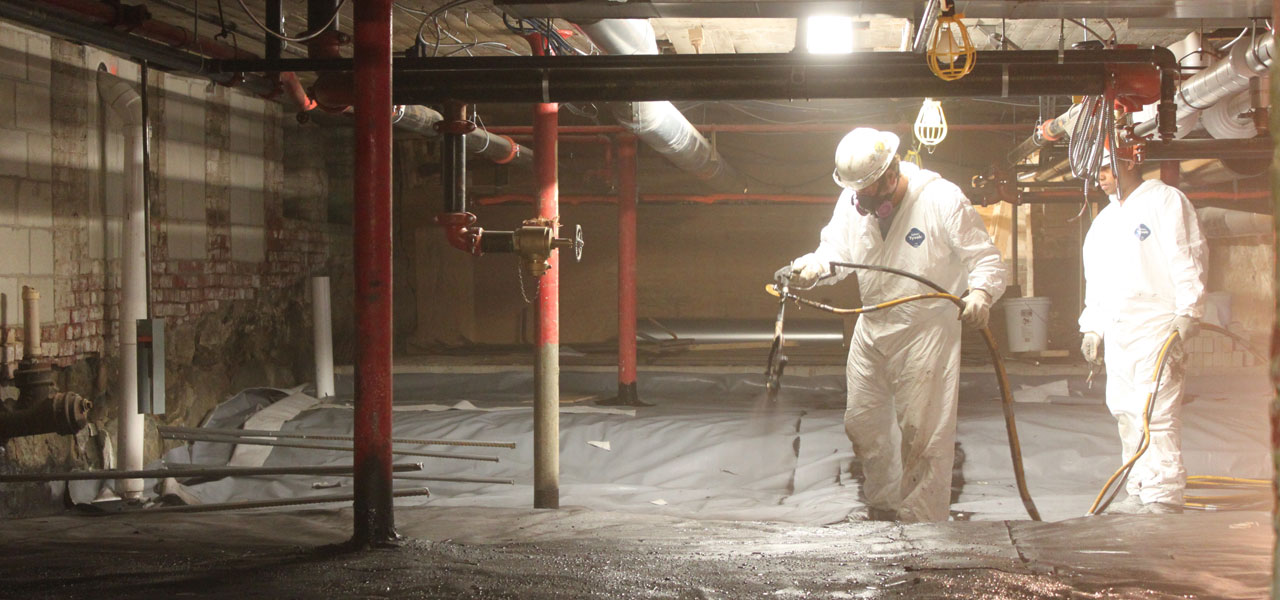

Door weatherstripping in buildings that have walk-in coolers and freezers also help maintain climate conditions within a temperature-controlled space and prevents cold drafts from escaping.Īny unwanted air entering or escaping a building will result in an energy loss and drive up costs.

Preventing air leaks in buildings in cold climates can help mitigate drafts, which improves thermal comfort. Weatherstripping buildings exposed to hot climates can help reduce moisture problems that can cause the building’s structure to slowly deteriorate and also lead to health and wellness issues. Reducing air infiltration and exfiltration in buildings that are exposed to hot or cold climates is especially important. Weatherstripping provides multiple benefits involving thermal comfort, health and wellness, and indoor air quality. Regardless of how well a building is insulated, cracks or leaks in the thermal envelope or insulation material will result in thermal bridging and a loss of insulation performance, driving up energy costs. Air sealing and building insulation go hand-in-hand. Air SealingĪir sealing restricts the passage of air through leaks in the building insulation. Conversely, uncomfortable employees are more prone to adjust temperature settings, prompting the building’s HVAC system to call for more heating or cooling cycles, driving up energy costs. Comfortable employees are more productive. Proper insulation reduces the transfer of heat or cold through the building envelope, which enhances thermal comfort for building occupants and supports energy savings. Insulation creates a barrier between the building’s interior and exterior. Identifying these building envelope failures can help solve energy inefficiencies. However, there are some low-cost solutions, including insulation, air sealing, weatherstripping, and air barriers. This can lead to building envelope failures. Due to the sheer size and complexity of parts that make up the building envelope, identifying problem areas that may exist can be a challenge, often due to a lack of capital or resources. If left unaddressed, damage to the building envelope can account for a significant loss in a building’s efficiency and performance. The building envelope is prone to wear and tear, which eventually can cause cracks, leaks, and other damage. Optimizing the energy efficiency of the building envelope ensures proper regulation of interior building temperatures-helping prevent excessive moisture, heat, or cold-while improving comfort conditions for building occupants and increasing the lifespan of building components.Īpproximately 42% of the energy consumed in a building is lost through the building envelope. Implementation barriers as well as the upscaling potential will be discussed and illustrated by experiences from different European projects.The building envelope refers to any part of a building that acts as a barrier to the external environment, such as doors, walls, windows, the roof, and the foundation. This booklet focusses specifically on envelope retrofit and considers it from a technical, financial, social and governance perspective. Various energy retrofit measures can be considered, targeting the building envelope on the one hand and the building’s thermal and electrical systems on the other hand.īuilding envelope retrofit, reducing the thermal losses both from transmission and from infiltration, is a logical and impactful first step. Increasing this renovation rate can contribute to a more efficient use of energy and the reduction of CO2 emissions, while improving the indoor thermal comfort.

Nearly 35% of the buildings in Europe are more than 50 years old and almost 75% of the building stock is considered as non-energy efficient.Īt the same time, the building renovation rate stays rather low, averaging around 1% per year. Buildings are the single largest energy consumer in Europe, accounting for approximately 40% of the EU’s energy consumption.


 0 kommentar(er)
0 kommentar(er)
